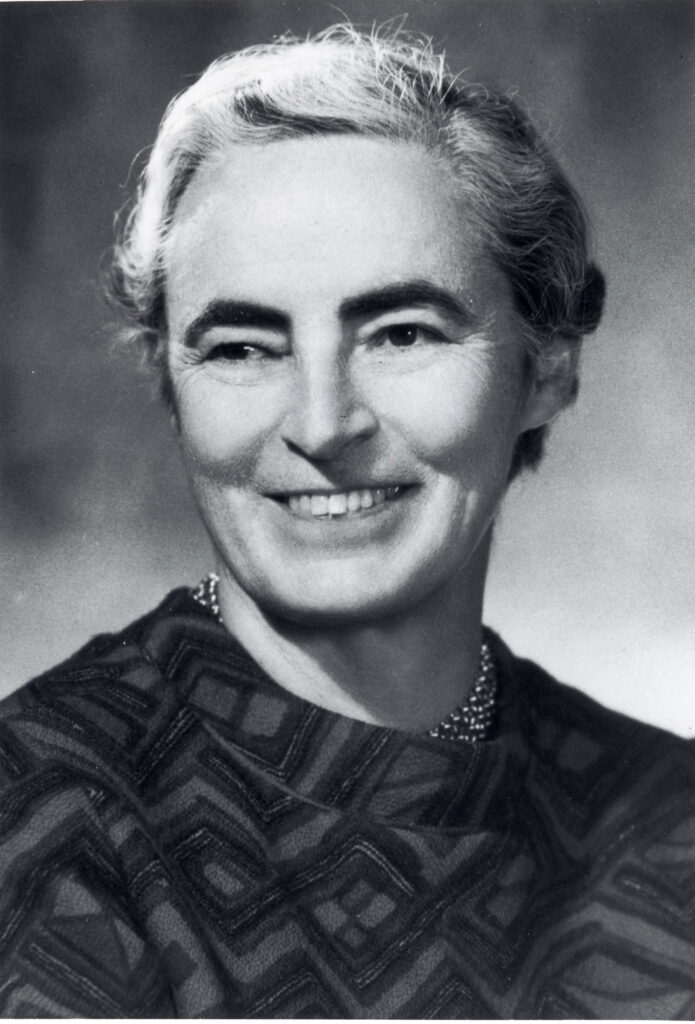Anna Jane Harrison
In 1978 Harrison, an educator and a researcher, became the first woman to be elected president of the American Chemical Society.

Some chemists are more celebrated as educators than researchers, particularly those who helped change what had once been a profession for white males into one that welcomes diversity in gender, race, and ethnicity.
In 1978, more than 100 years after its founding, the American Chemical Society (ACS), one of the world’s largest scientific organizations, elected a woman as its leader for the very first time. Nationally known for her devotion to teaching, Anna Jane Harrison (1912–1998) had served as a chemistry professor at Mount Holyoke College in Massachusetts since 1945.
Early Life

Harrison was born into a farm family in Missouri. One of her earliest memories of science education came from her elementary-school years, when she was asked to go home and learn about caterpillars. When Harrison asked her father what caterpillars were, he, being a farmer, naturally told her all about Caterpillar tractors, which were revolutionizing farm life at the time. Sadly, Harrison’s father died when she was only seven years old, but her mother managed to run the farm herself for 40 years.
A Life in Education
In high school Harrison became seriously interested in science because she, like many future scientists, had especially good science teachers. She went on to double-major at the University of Missouri, getting degrees in both chemistry and education.
After college she taught school in the one-room schoolhouse she had attended in Audrain County, Missouri, before going back to the University of Missouri to earn a master’s degree and then a PhD in physical chemistry.
In 1940, the year she earned her PhD, Harrison began teaching chemistry at Sophie Newcomb College, the women’s college of Tulane University in New Orleans. After five years she moved to Mount Holyoke College, partly attracted by the chance to work with Emma Perry Carr, a renowned Mount Holyoke professor whom Harrison already knew.

Spectroscopy and Flash Photolysis
Like Carr, Harrison used spectroscopy to figure out the molecular structures of different compounds. She also used a technique called flash photolysis to study chemical reactions. In flash photolysis molecules in the gas phase are first exposed to a strong flash of laser light.
The light causes the molecules to break apart, and their atoms reassemble in different ways to create new molecules. While this is happening, spectroscopy is used to study how the molecules break apart and how their atoms reassemble by identifying what molecular fragments exist for short periods between the time the chemical reaction begins and when it ends.
A Skilled Educator
In addition to her research, Harrison was known as a skilled classroom teacher. She made complicated things clear, and just as important, she was funny. She was also interested in how science affects the world at large and wanted to ensure that voters and policy makers had the scientific knowledge necessary for making wise decisions.
She served on many advisory bodies, including the National Science Board, which advises the president and Congress on science policy. She even traveled to Antarctica to observe scientific activities on the frozen continent. She also became very active in the ACS, first chairing its Division of Chemical Education and eventually, in 1978, becoming its first woman president.



